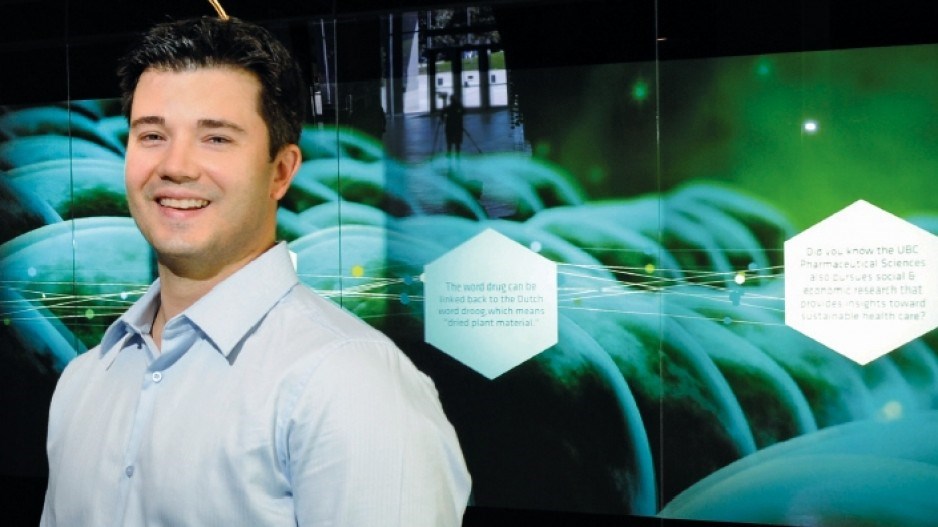Five years ago, NGX Interactive was doing what dozens of other Vancouver software and design companies were doing: building websites, mostly.
But that space had become so crowded that NGX founder and CEO Leigh Byblow decided to take the company in a new direction.
While other developers were moving into the mobile web space, Byblow decided the new frontier was not websites – mobile or otherwise – but interpretive design and digital interactive media.
"The outlook for small shops like ours wasn't necessarily sunshine and roses," Byblow said. "There was a lot of emerging mobile stuff. It was intriguing, but I figured every shop like us is going to go in that direction."
In 2009, he took a trip to Amsterdam and was stunned by how widespread digital interactive displays were there.
"They were light years ahead of us. We realized it was a grossly underserved area (in Canada).
Byblow turned his small, 11- person firm around on a dime, and by 2010 it had landed its first contracts to build interactive exhibits using touch-screen technology at the 2010 Winter Games.
NGX no longer builds websites. Now it specializes in interactive educational exhibits using touch-screen and gesture-sensing technology (think Wii or Kinect), and has built exhibits for Science World in Vancouver and the Telus World of Science in Edmonton.
NGX's creative capacity reached a whole new level recently, when the University of British Columbia's Faculty of Pharmaceutical Sciences awarded the company a $1 million contract to provide the digital interactive media for its new History of Medicines exhibit for its new $133 million Faculty of Pharmaceutical Sciences building, which opened last week (see sidebar).
"Meeting a client like UBC who allows you to explore and push the boundaries is great," said NGX Interactive vice-president Thomas Hepburn. "They gave us all creative freedom.
Canada generally lags Europe in the adoption of interactive media, Hepburn said, so NGX is often bidding against European developers. That was the case when it bid on – and won – the contract to develop an interactive exhibit for a new discovery centre at Kluane National Park in the Yukon.
"We're looking at using augmented reality up there," Hepburn said. "There's a 3D topographic map. If you had an iPad and you held up the iPad in front of this static map, it would come alive."
Hepburn said NGX has been landing more contracts outside of B.C. and plans to expand to other parts of Canada.
Science behind NGX's History of Medicines exhibit at UBC
UBC's Faculty of Pharmaceutical Sciences gave NGX considerable creative latitude to push its own boundaries and the company spent 16 months designing and building the History of Medicine exhibit.
The exhibit, which opened last week, features several interactive displays, including two 7x5-foot touch screens, and a 27x7-foot media wall that uses six rear projectors and mirrors.
One of the interactive screens tells the story of certain key medicines, such as penicillin.
The exhibit also includes an interactive yearbook that includes the biographies and photographs of 6,000 UBC graduates dating back to the 1940s.
Unlike the touch-screen technology used in tablets like the iPad, NGX interactive screens use beams of infrared light over a TV screen that, when broken with a finger or inanimate object, triggers Flash animation wherever the break occurred.
In addition to touch-screen technology, NGX is also working on projects that use gesture recognition to trigger animation on a screen, as well as augmented reality.
Augmented reality typically uses smartphones or tablets to add an extra layer of information, like video, when someone is viewing information on an interactive screen.




